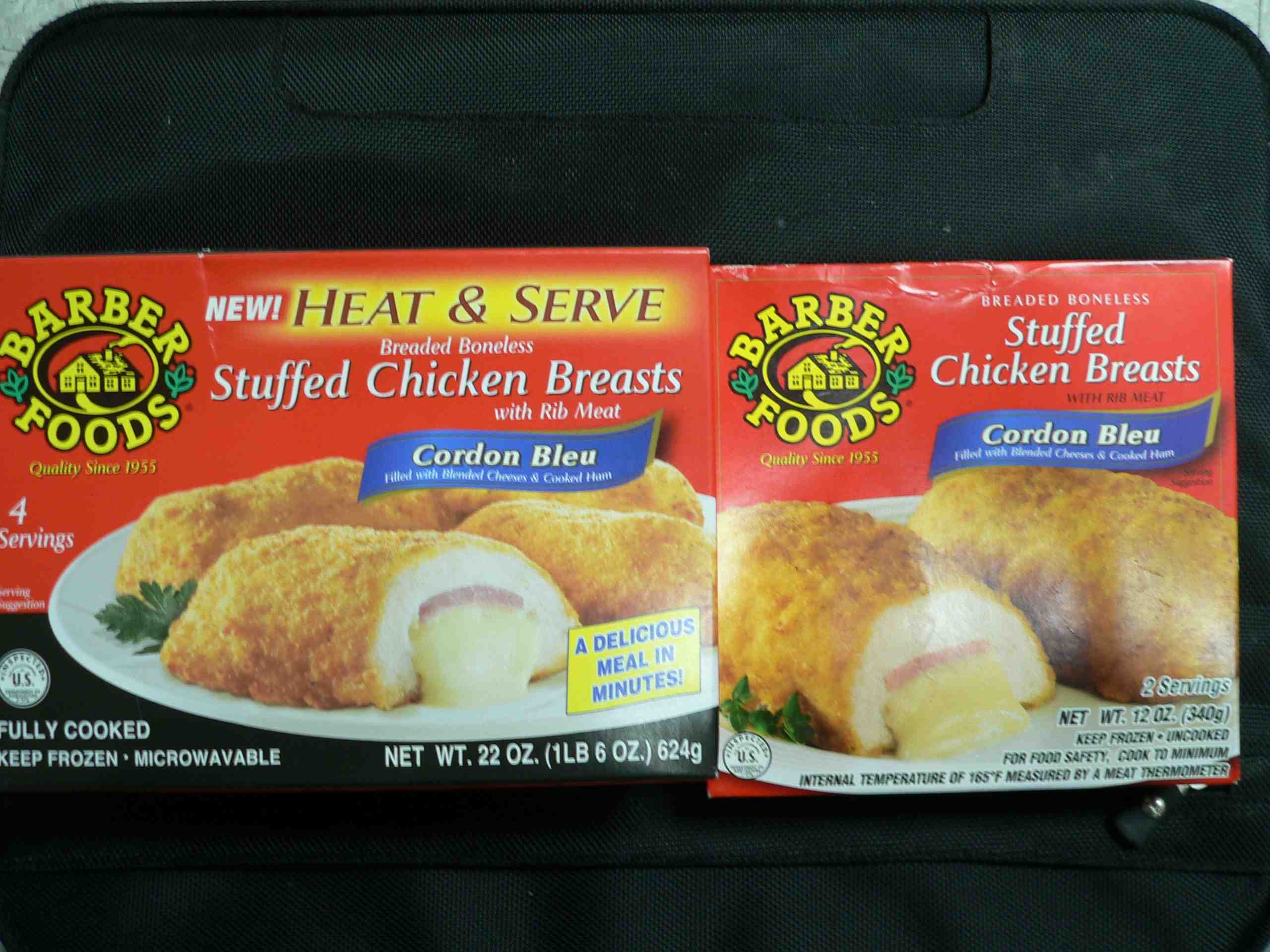(Disclaimer: the only free samples we get are barf and shit: literally and lyrically.)
Rebecca Sullivan of News.com reports that both traditional food critics and restaurant owners have started naming and shaming bloggers who contact venues asking for a meal on the house, in exchange for a review.
 Earlier this month, the owner of a Sydney restaurant made headlines for his scathing response to a food blogger who requested a free meal.
Earlier this month, the owner of a Sydney restaurant made headlines for his scathing response to a food blogger who requested a free meal.
Tim Philips, the bartender and co-owner at Dead Ringer in Surry Hills, told a “foodie instagrammer” she had “as much right to review my restaurant as I have to review your menstrual cycle”.
The woman explained her usual arrangement with restaurants is “that you give my friend and I a meal on the house in exchange for Instagram coverage and reviews”.
Mr Philips posted screenshots of the interaction on his Instagram page and was praised for “standing up to what’s right and having balls.”
“I called her out because her business is what’s ruining my industry,” he wrote on Instagram, in response to some commenters who said his response was nasty.
“You missed the irony that I, as a man, am ill-qualified to ‘review’ female menstrual cycles. And this person is equally unqualified to review places they’ve been, with the predetermined obligation of a free meal for nice comments.”
While professional reviewers “always pay for their meals”, he said, “this happens A LOT”.
Food writers who work for traditional media publications cannot accept free meals in exchange for a review.
The Australian’s food critic John Lethlean has started using Instagram to name and shame food bloggers who ask for free meals.
All the food bloggers news.com.au spoke to said they had never contacted a restaurant and asked for a free meal, mostly because they don’t need to.
“I get approached by restaurants and PRs maybe 30 or 40 times a week,” said Michael Shen, who blogs at I’m Still Hungry and has 31,000 Instagram followers.
“I’m pretty strict with transparency. If I’m reviewing a place and I’ve eaten for free I say it at the top of the review so my readers know straight away. My friends told me they feel jibbed when they spend time reading a post and they get to the end and they find out it’s sponsored,” he said.
“I don’t write for a restaurant or a chef, in the end it’s all about your readers. The promise of free food is quite alluring. But to me, it’s like, would you rather risk alienating your audience just for a free meal every now and then?”
Adam Scarf is a photographer with 225,000 Instagram followers and is one of Sydney’s most popular food accounts. He’s offered free meals at least once a day.


 “I’m sorry you feel that way.”
“I’m sorry you feel that way.” after the event. “We were unwilling participants in a bait-and-switch for Marie Callender’s new frozen three cheese lasagna and there were cameras watching our reactions.”
after the event. “We were unwilling participants in a bait-and-switch for Marie Callender’s new frozen three cheese lasagna and there were cameras watching our reactions.” (1)(2).jpg) Consumer Food Safety Education month to tell consumers that when it comes to frozen meals, ‘cook it safe.’
Consumer Food Safety Education month to tell consumers that when it comes to frozen meals, ‘cook it safe.’